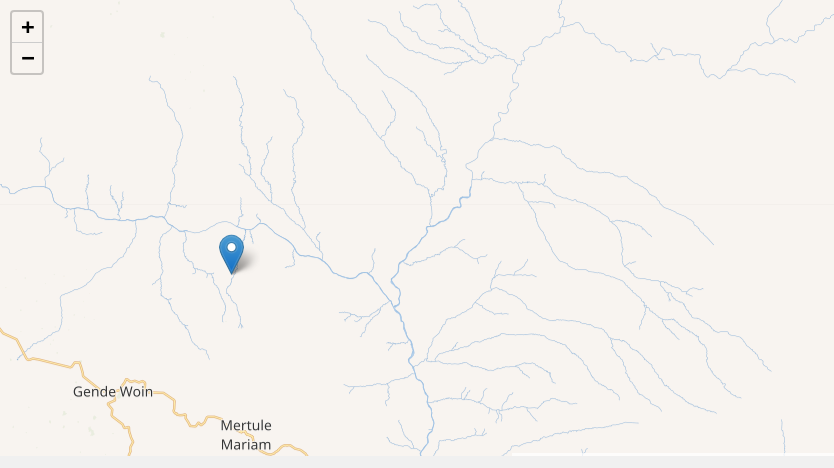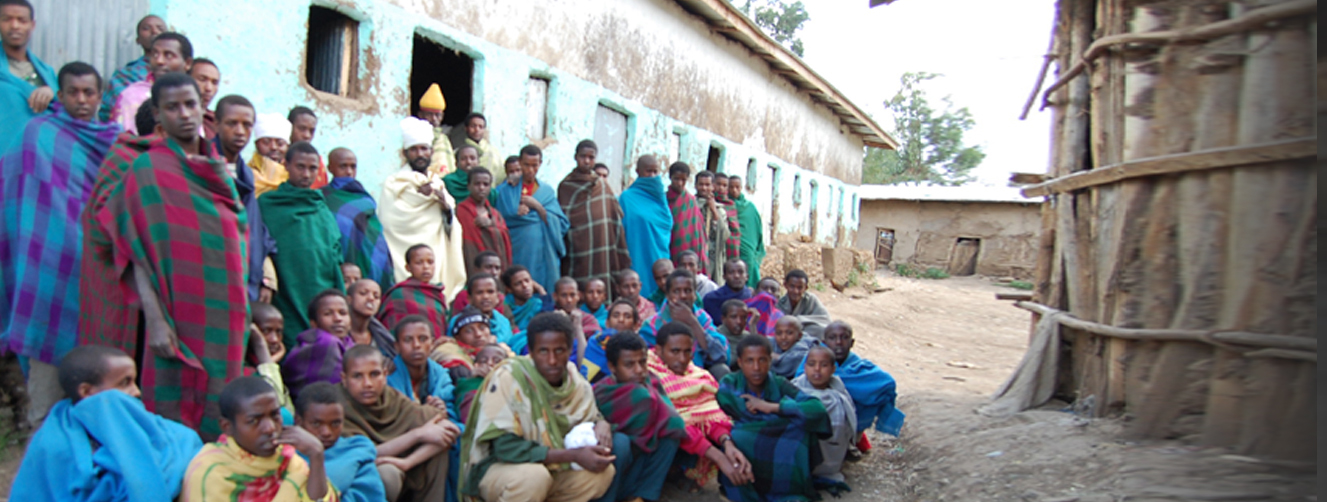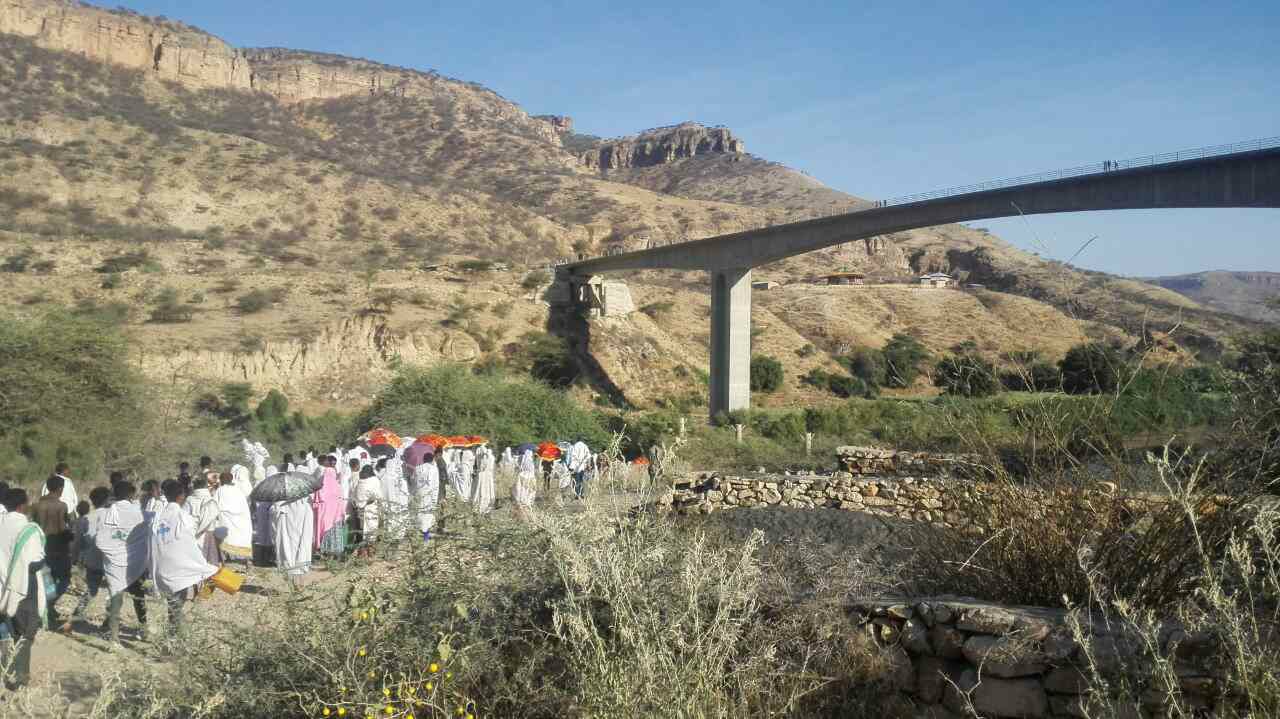Mertule Mariam Monastery, located in the Amhara Regional State of Ethiopia, is a significant religious and historical site with a rich heritage dating back to the 4th century. As our non-profit organisation is named after this monastery, we would like to share some points on the monastery's history, architecture, administration, and cultural impact of Mertule Mariam.

Historical Foundation and Development
Mertule Mariam Monastery is believed to have been founded in the 4th century AD by the twin kings Abreha and Atsebha, who played a pivotal role in spreading Christianity in Ethiopia. The monastery is renowned for its unique architecture, which predominantly reflects indigenous technology, and its locally produced handcraft materials. Over the centuries, it has faced numerous challenges, including invasions and internal conflicts, yet it has remained a vital center of religious and cultural life.
The monastery's historical significance is further highlighted by its association with the "Nine Saints," who arrived in Ethiopia from Syria in the late 5th century. These saints contributed to the expansion of Christianity and the development of Geez literature, leaving a lasting impact on the Ethiopian Orthodox Church.
Challenges and Resilience
Throughout its history, Mertule Mariam Monastery has endured several destructive events, including the rise of Yodit in the 10th century, the invasion of Ahmed Gragn in the 16th century, and the Italian occupation in the 20th century. Despite these challenges, the monastery has managed to preserve its heritage, thanks to the efforts of its clergy and the local community.
One of the most notable events in the monastery's history was the legal dispute with Dima Monastery in the late 19th century over precedence and ecclesiastical rights. The dispute was eventually settled by Emperor Menelik II, who recognized Mertule Mariam's ancient origin while allowing Dima to retain its traditional privileges.

Administration and Education
The administration of Mertule Mariam Monastery is hierarchical, with the Re’use Reusan (head of heads) at the top. The monastery has a well-structured system of church education, which includes traditional schools for reading, music, poetry, and liturgy. These schools have played a crucial role in preserving Ethiopian Orthodox traditions and producing religious scholars.
The monastery also has a strong connection with the local community, with various associations like the Senbatie (Sunday Celebrating Association) providing mutual aid and fostering social cohesion. These associations have been instrumental in maintaining the monastery's cultural and religious activities.

Treasures and Festivals
Mertule Mariam Monastery is home to numerous treasures, including holy arks, manuscripts, crosses, and liturgical objects. These artifacts are not only of religious significance but also represent the rich cultural heritage of Ethiopia. The monastery celebrates several annual festivals, which are major events for the local community and attract visitors from afar.

Mertule Mariam Monastery stands as a testament to Ethiopia's rich religious and cultural history. Despite facing numerous challenges over the centuries, it has remained a beacon of faith and learning. The monastery's resilience and enduring significance highlight the importance of preserving such historical sites for future generations.